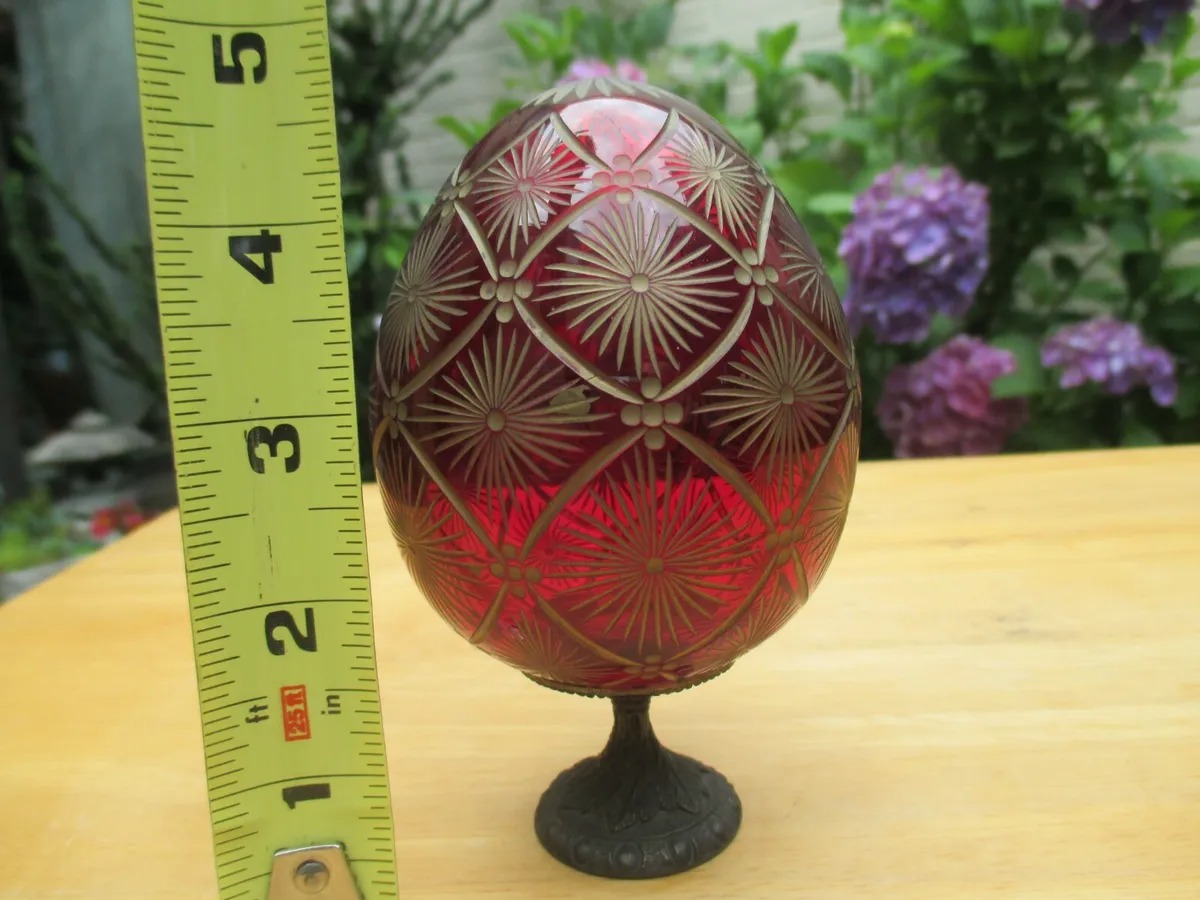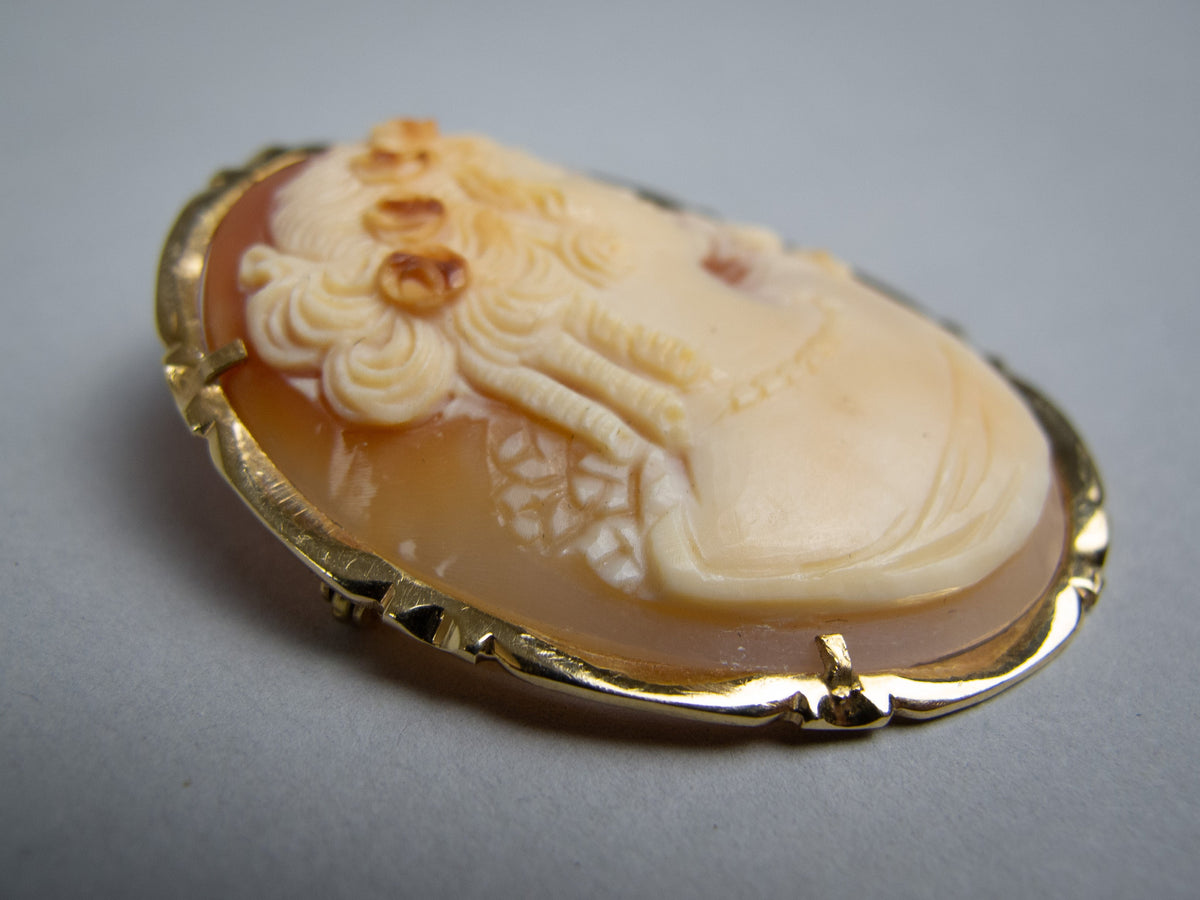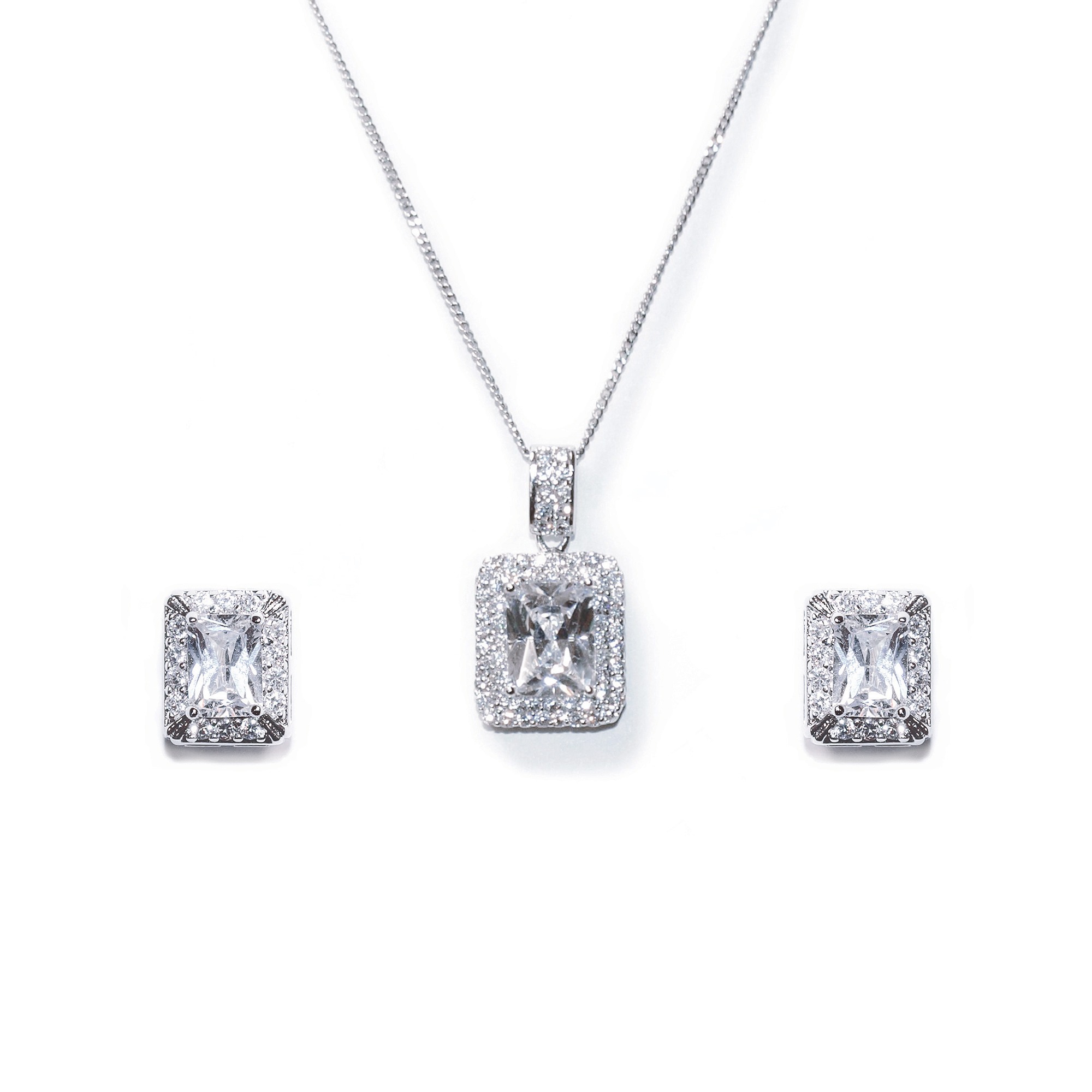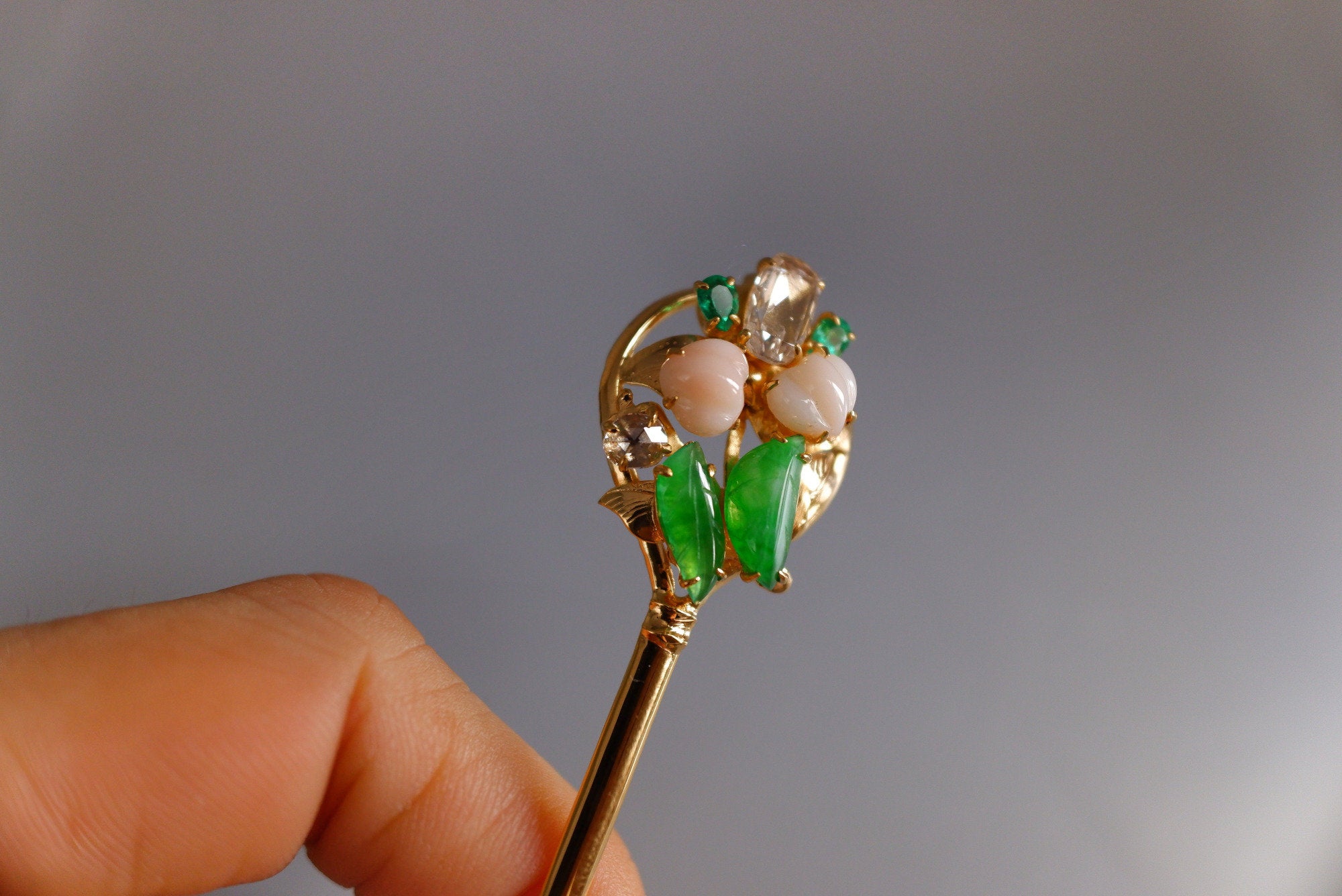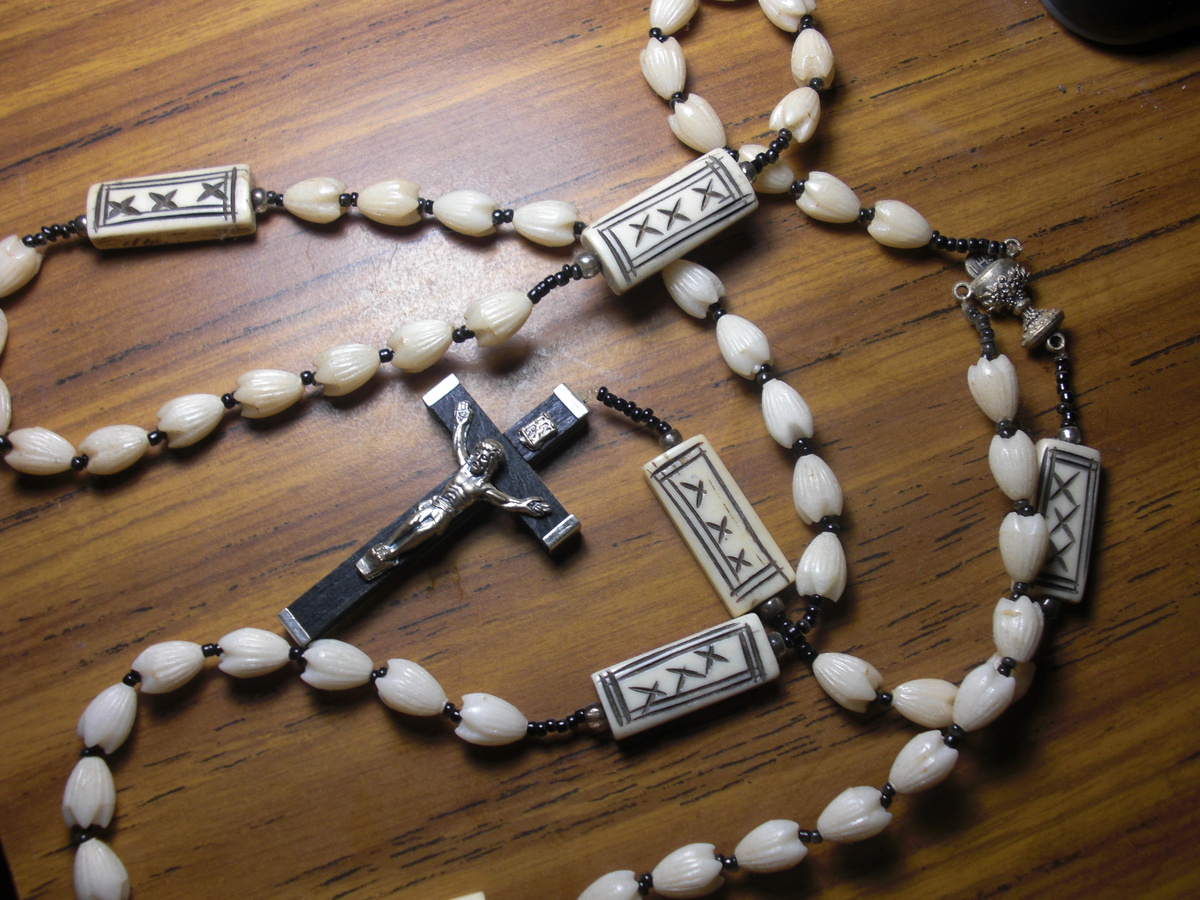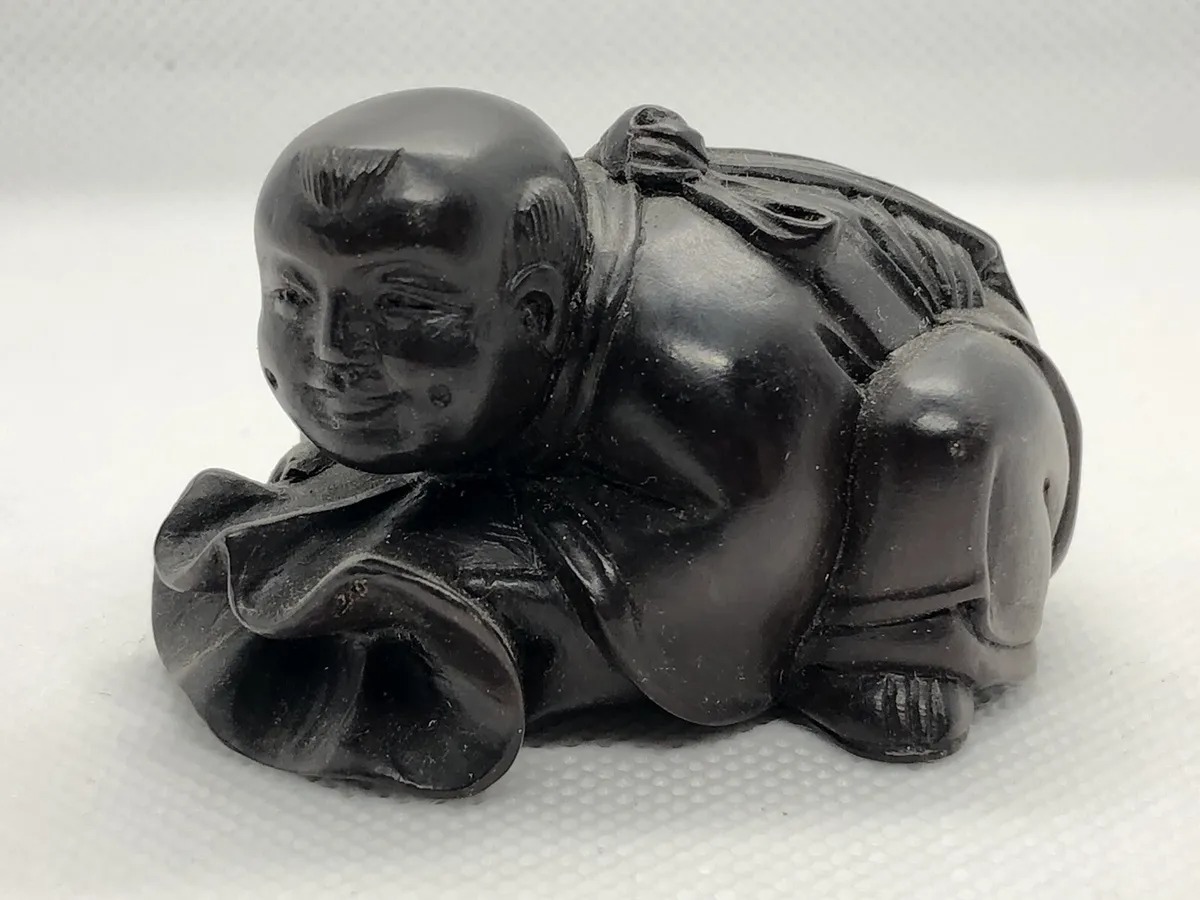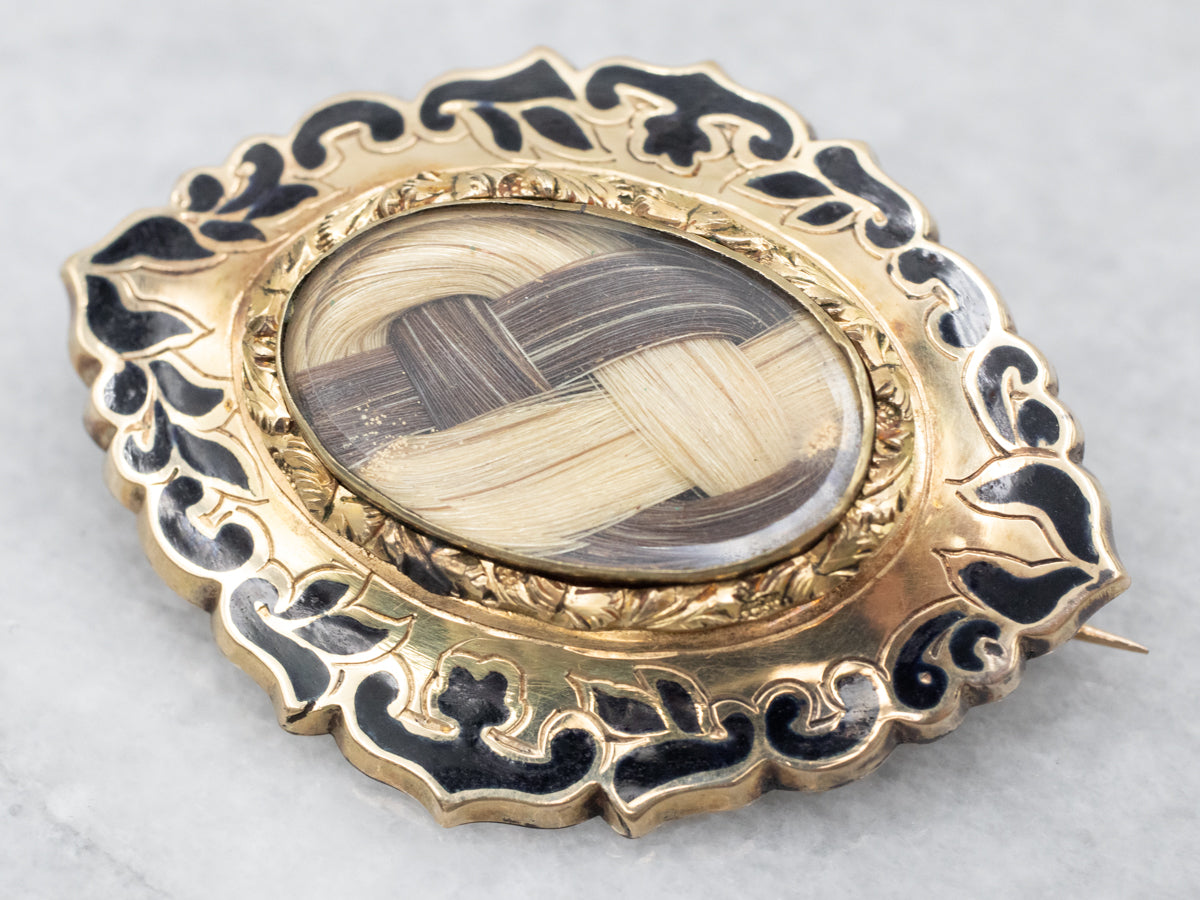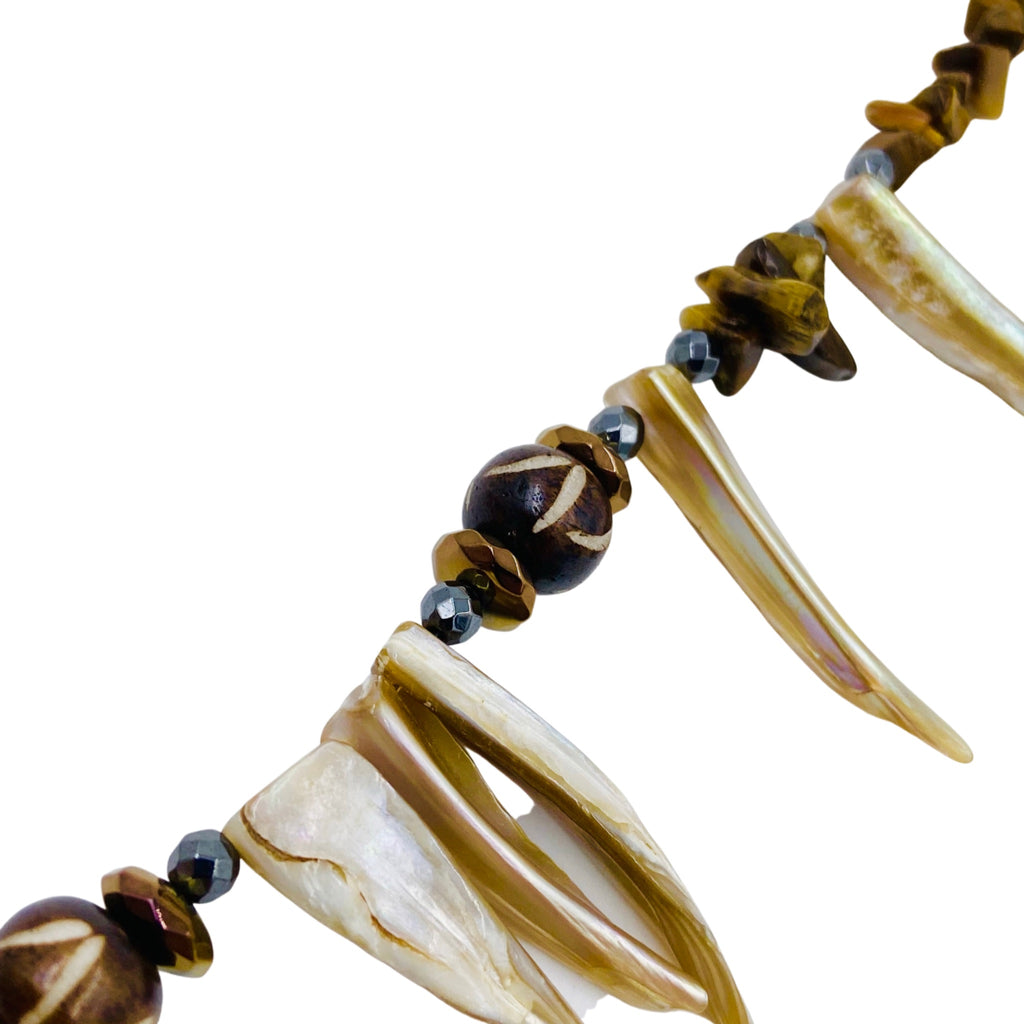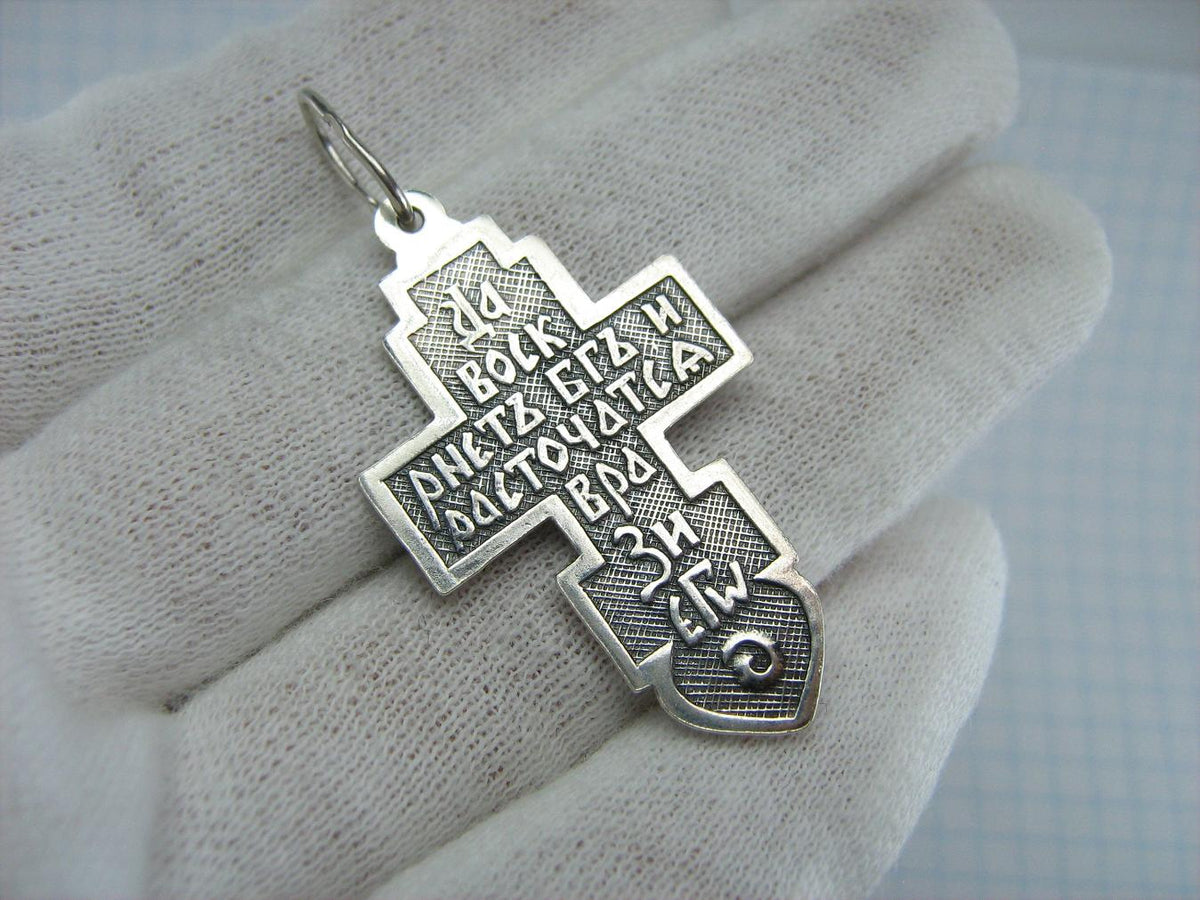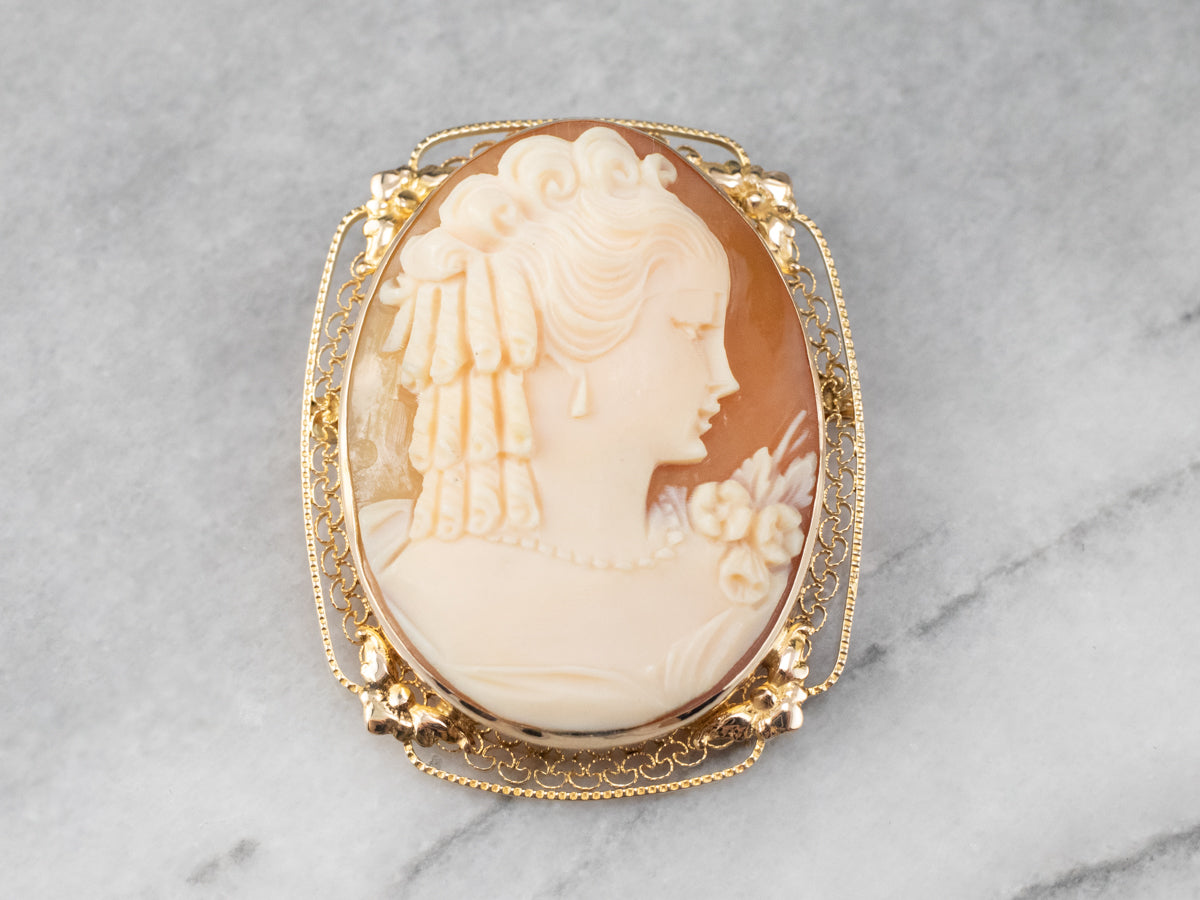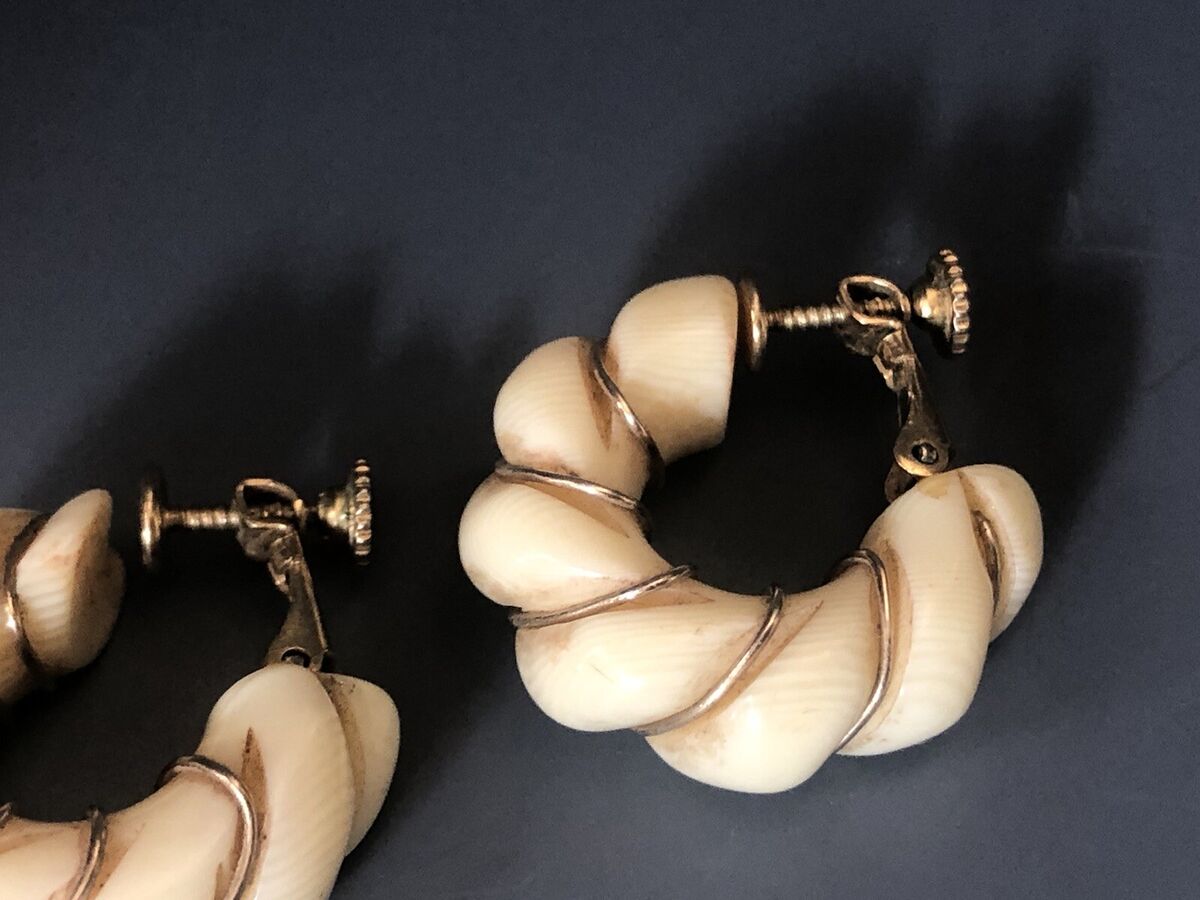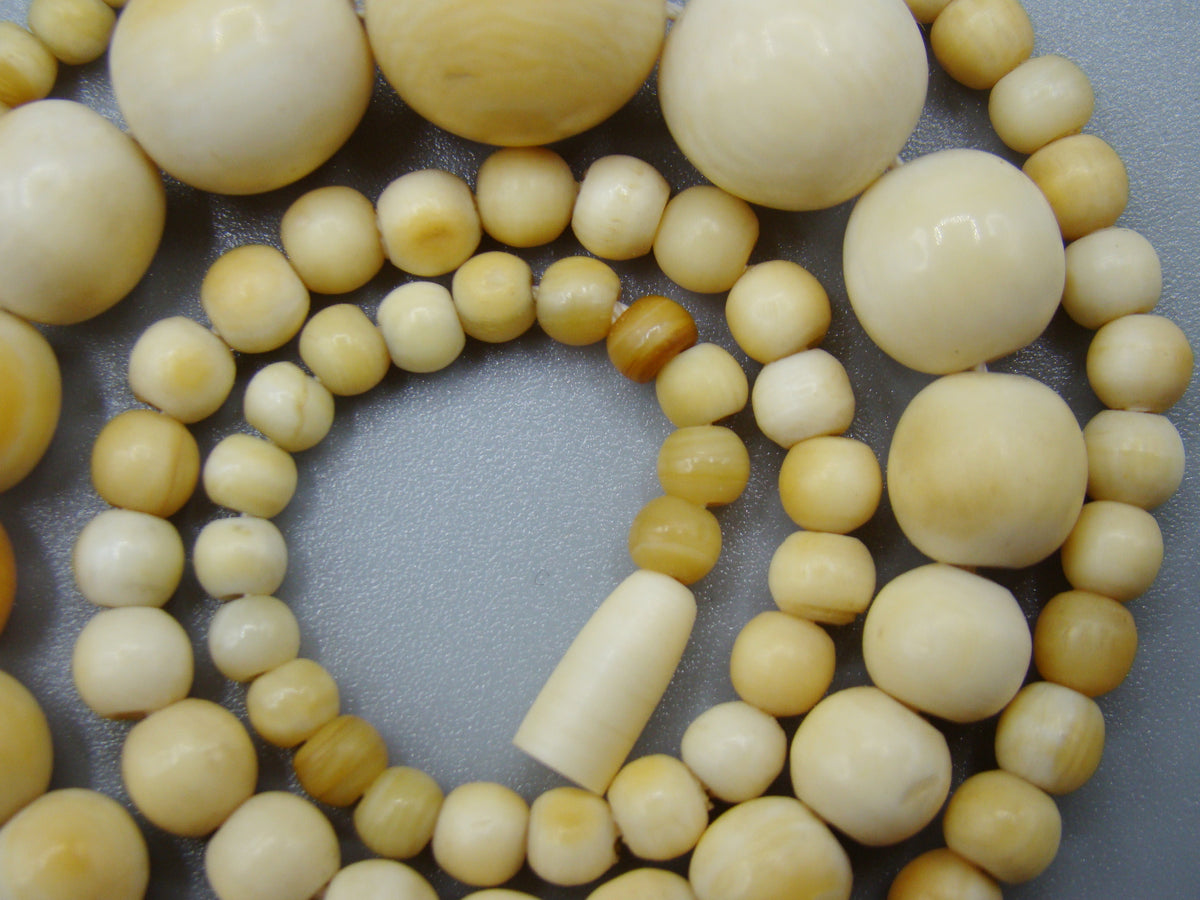
In the realm of timeless adornments and cherished heirlooms, few materials possess the elegance, history, and allure of ivory vintagejewelry. These exquisite treasures, born of a bygone era, offer a glimpse into the craftsmanship, artistry, and stories of generations past. Ivory's intrinsic beauty and malleability have captivated artisans and wearers for centuries.
In this exploration, we journeyed into ivory vintage jewelry, tracing its origins, evolution, and enduring fascination. Join us as we unravel the rich tapestry of history woven into each meticulously crafted piece and discover the profound charm that continues to make ivory vintage jewelry a timeless embodiment of elegance and heritage.
Origin Of Ivory Vintage Jewelry
From ancient civilizations to the modern era, these exquisite pieces have held a special place in the hearts of collectors and connoisseurs. In this blog post, we'll journey through the history of ivory vintage jewelry, exploring its evolution, significance, and enduring charm.
Ancient Beginnings
The use of ivory in jewelry dates back to some of the world's oldest civilizations. In ancient Egypt, for example, ivory artifacts, including jewelry, were highly prized and often reserved for royalty and the elite.
Ivory's lustrous quality and malleability made it a preferred medium for crafting delicate and intricate adornments. Pieces like ivory pendants, bracelets, and amulets were often adorned with carvings of deities and symbols, reflecting the spiritual and cultural beliefs of the time.
The Greco-Roman Period
Ivory's popularity in jewelry continued to flourish during the Greco-Roman period. Artisans in this era showcased their talents by creating stunning ivory cameos.
Cameos were meticulously carved from a single piece of ivory, featuring intricate, raised relief designs. These designs often depicted classical figures, mythological scenes, and portraits, adding a touch of sophistication and elegance to the wearer.
Medieval And Renaissance Revival
During the Middle Ages and the Renaissance, ivory jewelry experienced a revival, with ivory becoming a symbol of luxury and refinement. Intricate rosaries, carved crucifixes, and elaborate pendantsbecame popular items, not only for their religious significance but also as a way to display wealth and status.
Ivory was often embellished with gemstonesand precious metals, enhancing its beauty and value.
The Victorian Era
The Victorian era was one of the most iconic periods for ivory vintage jewelry. Queen Victoria's passion for sentimental jewelry played a significant role in popularizing ivory pieces.
Lockets and brooches crafted from ivory held sentimental value, often containing hidden compartments for miniature portraits, locks of hair, or lovenotes. Ivory jewelry became an expression of love and remembrance, and the intricacy of the craftsmanship during this time was unparalleled.
The Modern Era
Ivory continued to be a prized material for jewelry well into the 20th century. However, in recent years, the ethical concerns surrounding the ivory trade have shifted consumer preferences. Many countries have implemented strict regulations and bans on selling and marketing ivory to combat illegal poaching and protect endangered species.
Today, collectors and enthusiasts of ivory vintage jewelry often focus on preserving and respecting these pieces' historical and artistic value while advocating for responsible and ethical ownership. Some modern jewelers have also turned to sustainable alternatives to replicate the look and feel of ivory without contributing to harm.
The Making Of Ivory Vintage Jewelry
The exquisitely carved elephant in Delhi is a beautiful illustration of the complexity and finesse of northern India's ivory carving art. Ivory is a heavy substance that must first remove its outer coat of rough bark.
A drawing of the intended carving is made on ivory, and various chisels are then used to cut even the tiniest details. To make carving more accessible, the tusk is soaked in milk to soften it. Using a variety of files, delicate carving is performed.
If the surface is white or yellow, sandpaper is used to smooth it out before painting. It is then dipped into water and bleached with hydrogen peroxide. Systematic scraping and chiseling of the materials from the core block is required for carving.
List Of Best Ivory Vintage Jewelry
Determining the best ivory vintage jewelry pieces can be subjective and may vary depending on individual preferences, historical significance, and rarity.
Fabergé Imperial Easter Eggs
Fabergé Imperial Easter Eggs are a series of jeweled eggs created by the House of Fabergé, a renowned Russian jewelry firm. While primarily known for their ornate eggs, Fabergé also produced exquisite ivory jewelry pieces. These items often featured intricate carvings on ivory embellished with precious gemstones like diamonds, emeralds, and sapphires.
The Fabergé Imperial Easter Eggs were created for the Russian Imperial family and are symbols of luxury and opulence. These pieces represent the pinnacle of craftsmanship and artistry in the late 19th and early 20th centuries.
Antique Ivory Cameo Brooches
Victorian-era ivory cameo brooches are characterized by their delicate carvings on ivory, depicting classical figures, portraits, or mythological scenes. These brooches often featured intricate frames, and some incorporated gemstones or pearls.
These brooches were highly fashionable during the Victorian era, serving as decorative accessories and sentimental keepsakes. They are celebrated for their intricate craftsmanship and the stories they convey through their imagery.
Art Deco Ivory And Diamond Necklaces
Art Deco-era ivory and diamondnecklacescombined the elegance of ivory with the geometric designs and sparkle of diamonds. Ivory was often used as a pendant element, and the chains featured intricate metalwork.
The Art Deco period in the early 20th century was marked by a fascination with geometric shapes and a desire for modernity. Ivory and diamonds were used to create glamorous and fashionable jewelry pieces.
Chinese Ivory Hairpins
Chinese ivory hairpins are elaborately carved with traditional motifs, including dragons, phoenixes, and intricate floral patterns. These hairpins often feature long, slender designs and fine detailing.
Chinese ivory hairpins hold cultural significance and are often worn as symbols of status and beauty in traditional Chinese attire. They showcase the craftsmanship and artistic traditions of China.
Antique Ivory Rosaries
Antique ivory rosaries from the Middle Ages and Renaissance are religious artifacts crafted from ivory beads and often feature intricate carvings of religious symbols, saints, or biblical scenes.
These rosaries were used for prayer and devotion during the respective periods. They are cherished for their spiritual significance and as examples of ivory craftsmanship.
Japanese Netsuke
Japanese netsuke are small, carved ivory figurines, typically featuring everyday scenes, mythical creatures, or characters from Japanese folklore. They served as functional accessories, securing items to the obi (sash) of traditional Japanese clothing.
Netsuke are valued for their role in traditional Japanese dress and are highly collectible for their detailed carving and representation of Japanese culture.
Mourning Lockets
Victorian mourning jewelry incorporated ivory cameos and lockets. These pieces often contained sentimental inscriptions, hair, or photographs of deceased loved ones.
Mourning jewelry was worn to remember and mourn the dead during the Victorian era. They are emotionally charged pieces that reflect the sentimentality of the time.
African Tribal Ivory Pendants
Antique tribal jewelry from Africa, crafted by indigenous tribes, often featured ivory elements, including beads, pendants, and bracelets. These pieces showcased the cultural and artistic heritage of the region.
African tribal ivory jewelry reflects various African cultures' traditions, beliefs, and craftsmanship and is valued for its cultural significance.
Russian Orthodox Crosses
Russian Orthodox crosses made from ivory are characterized by intricate religious iconography and ornate designs. They were used as religious artifacts in the Russian Orthodox tradition.
These crosses are critical religious symbols in the Russian Orthodox Church, often adorned with depictions of saints, Christ, and pastoral scenes.
Antique Ivory Brooches
Antique ivory brooches from various periods, including the Victorian and Edwardian eras, often featured delicate carvings and intricate designs. Some were used for decorative purposes, while others were worn as functional accessories.
These brooches represent the craftsmanship and fashion of their respective eras, often showcasing intricate motifs and designs.
The Value Of Ivory Jewelry
The item's age, quality, and uniqueness are all important considerations when determining the value of ivory vintage jewelry. Antique ivory jewelry is frequently in high demand and can sell for a lot of moneyat auction or through specialized dealers. Although less expensive, more contemporary pieces are prized as collectibles because of their distinct beauty and charm.
It's crucial to remember that many nations have laws restricting or outright forbidding the buying and selling of ivory jewelry. You must do your homework on local legal requirements before purchasing or selling items to ensure you abide by all applicable rules and laws.
Factors Affecting The Value Of Ivory Vintage Jewelry
Since ancient times, ivory vintage jewelry has been treasured for its beauty and elegance. Ivory jewelry's worth is not based solely on its attractiveness to the eye. The following factors, among others, affect the price of ivory jewelry.
One of the key elements influencing jewelry value is the quality of the ivory used in making it. Ivory of the highest caliber is uncommon and has a fine-grain texture, a uniform hue, and no discernible lines or cracks—the value of the jewelry increases with the quality of the ivory.
The history or provenance of the ivory jewelry may also affect its value. Search at auction; jewelry with a particular account or related to a well-known person or occasion can bring more outstanding prices.
Another crucial element in determining the value of ivory jewelry is its age. Due to its rarity and historical significance, antique or vintage ivory jewelry is frequently valued more than contemporary items.
Ethical Considerations When Purchasing Ivory Vintage Jewelry
When buying ivory jewelry, it is essential to consider ethical factors as a responsible consumer. The tusks of elephants, an endangered species, are used to make ivory. The elephant population suffers significantly due to illegal ivory hunting and trade. Buying ivory jewelry might encourage the illicit trade and contribute to animal suffering.
What To Consider
Invest in ivory jewelry from renowned and reliable providers, and ensure it is obtained lawfully. Purchase from reliable vendors that clearly say their goods are produced lawfully and without harming animals.
Rather than purchasing ivory jewelry, choose items made of bone, wood, or fake ivory. These options are far more ethical and environmentally friendly.
Ensure you know the regulations governing the acquisition and sale of ivory in your nation before purchasing ivory jewelry. It is entirely illegal in certain countries but only partially permitted in others.
Collecting Ivory - A Harmonious Pursuit
Collecting ivory vintage jewelry is more than a hobby; it is a harmonious pursuit that brings together history, artistry, and a deep appreciation for the intrinsic beauty of this remarkable material.
Enthusiasts and collectors of ivory jewelry embark on a journey that allows them to connect with the past, as each piece carries a rich tapestry of cultural heritage and artistic craftsmanship. This pursuit is a delicate balance between celebrating the art form and acknowledging the ethical considerations surrounding ivory.
It involves a meticulous search for unique and valuable pieces, recognizing the crescendos of value in vintage jewelry, and contributing to preserving and appreciating this timeless and enchanting medium. For collectors, each ivory jewelry piece becomes a part of a harmonious ensemble, a reminder of history's melodies, and a celebration of artistic expression that transcends generations.
Ivory Vintage Jewelry - FAQs
Is All Ivory Jewelry Valuable?
No, not always. Age, quality, and rarity are just a few variables that affect how much ivory jewelry is worth. Mass-produced items sell for less money than artisanal or vintage items.
What Type Of Ivory Is Typically Used In Jewelry?
Historically, jewelry has been made from the ivory of elephants, walruses, and narwhals. It's crucial to remember that any ivory used in jewelry must be lawfully obtained due to the ban on elephant ivory.
How Can I Tell If My Ivory Jewelry Is Authentic?
Examining the ivory grain for natural striations or lines is one approach to confirming authenticity. You can also smell it; when natural ivory is brushed against a heated surface, it gives off a characteristic perfume.
How Much Can I Expect To Sell My Ivory Jewelry For?
Depending on the parameters above, the price of ivory jewelry can range from a few hundred to several thousand dollars. Speaking with a qualified antique appraiser or jewelry specialist is essential to evaluating its value correctly.
Can I Still Buy Or Sell Ivory Jewelry?
The type of ivory used will determine this. Most of the time, acquiring or selling elephant ivory is unlawful; however, it is possible to get legal ivory if you do it before specific trade rules take effect. Before purchasing or offering ivory jewelry, you must do your homework and understand the local regulations.
Conclusion
Ivory vintage jewelry is a captivating realm of adornment with a rich tapestry of history, artistry, and cultural significance. From its origins in ancient civilizations to its prominence during the Victorian era and beyond, ivory has been treasured as a medium for crafting exquisite jewelry pieces.
However, as we admire and appreciate this vintage ivory jewelry, it is essential to acknowledge the ethical concerns surrounding the use of ivory, which have led to strict regulations and bans in many countries to protect endangered species.
